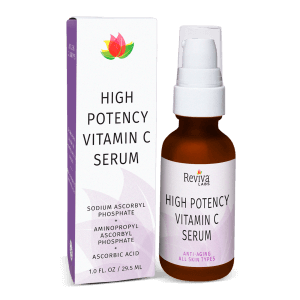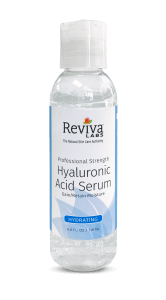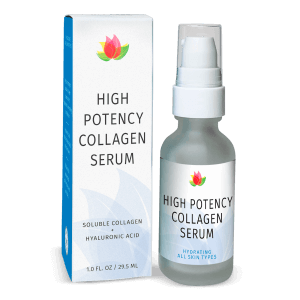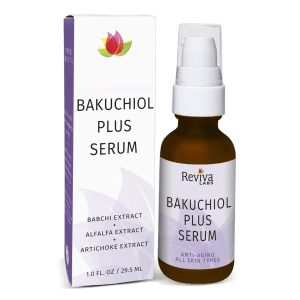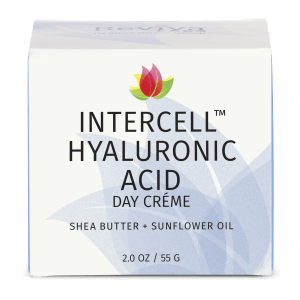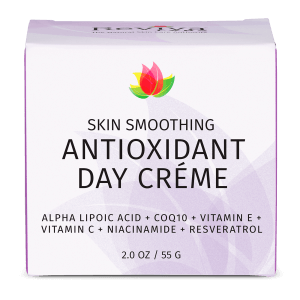Ingredients, Natural, Reviva Labs, Skin Care
Understanding Dry Skin
Dry skin is a condition many of us experience at some point in our lives. Whether it’s due to environmental factors, lifestyle choices, or underlying health issues, the impact of dry skin can range from mildly annoying to genuinely distressing. What makes dry skin particularly challenging is that it often doesn’t remain just a surface issue – it can also be a sign of deeper problems or even develop into more severe skin conditions. Understanding the complexities of dry skin is the first step in managing and treating it effectively.
When It’s More Than Just Dry Skin
Not all dry skin is created equal. While it’s normal to experience occasional dryness, especially during colder months or in low-humidity environments, there are times when it’s more than just a passing inconvenience. Persistent dry skin that doesn’t respond to regular moisturizers or begins to crack and bleed can be a sign that something more serious is going on. Conditions like eczema, psoriasis, and ichthyosis are often marked by severe dryness and require more than just over-the-counter remedies. If your skin becomes inflamed, extremely itchy, or starts developing patches, it’s important to consult a dermatologist. These symptoms can indicate an underlying condition that needs targeted treatment beyond what typical skincare products can offer.
Another red flag is when dry skin is accompanied by other symptoms such as fatigue, joint pain, or unexplained weight loss. These can be signs of systemic issues like hypothyroidism or diabetes, both of which can manifest in the skin before other symptoms appear. Treating the underlying condition is essential to managing the dryness effectively. In these cases, skincare alone isn’t enough, and medical intervention becomes necessary.
The Everyday Challenges
For those of us who deal with regular, run of the mill dry skin, the daily challenges can be frustrating. Your skin may feel tight, uncomfortable, and even painful, especially after cleansing. There may even be some occasional flakiness or rough patches around the nose of forehead that can appear throughout the day. Even the simple act of smiling or yawning can feel uncomfortable when the skin is excessively dry.
Additionally, applying makeup is more difficult for dry skin since foundation and powders tend to cling to those dry patches. Makeup often looks uneven or actually disappears by the end of the day.
One of the biggest misconceptions about dry skin is that it only needs more moisture. While hydration is crucial, it’s not the only factor in treating dry skin effectively. The truth is that the skin’s barrier function is often compromised, meaning it can’t retain moisture as well as it should. This compromised barrier can make the skin more susceptible to environmental irritants, leading to a vicious cycle of dryness and irritation. Addressing this requires a combination of hydration, barrier repair, and daily gentle care to restore the skin’s natural balance.
Addressing the Challenges
The first step in addressing dry skin is to have an understanding of the ingredients that can genuinely make a difference. Humectants like hyaluronic acid and glycerin are excellent at attracting moisture to the skin. These ingredients draw water from the environment and into the deeper layers of the skin to the surface, helping to keep the skin hydrated throughout the day. However, without proper barrier function, this moisture can quickly evaporate, which is where occlusives come into play.
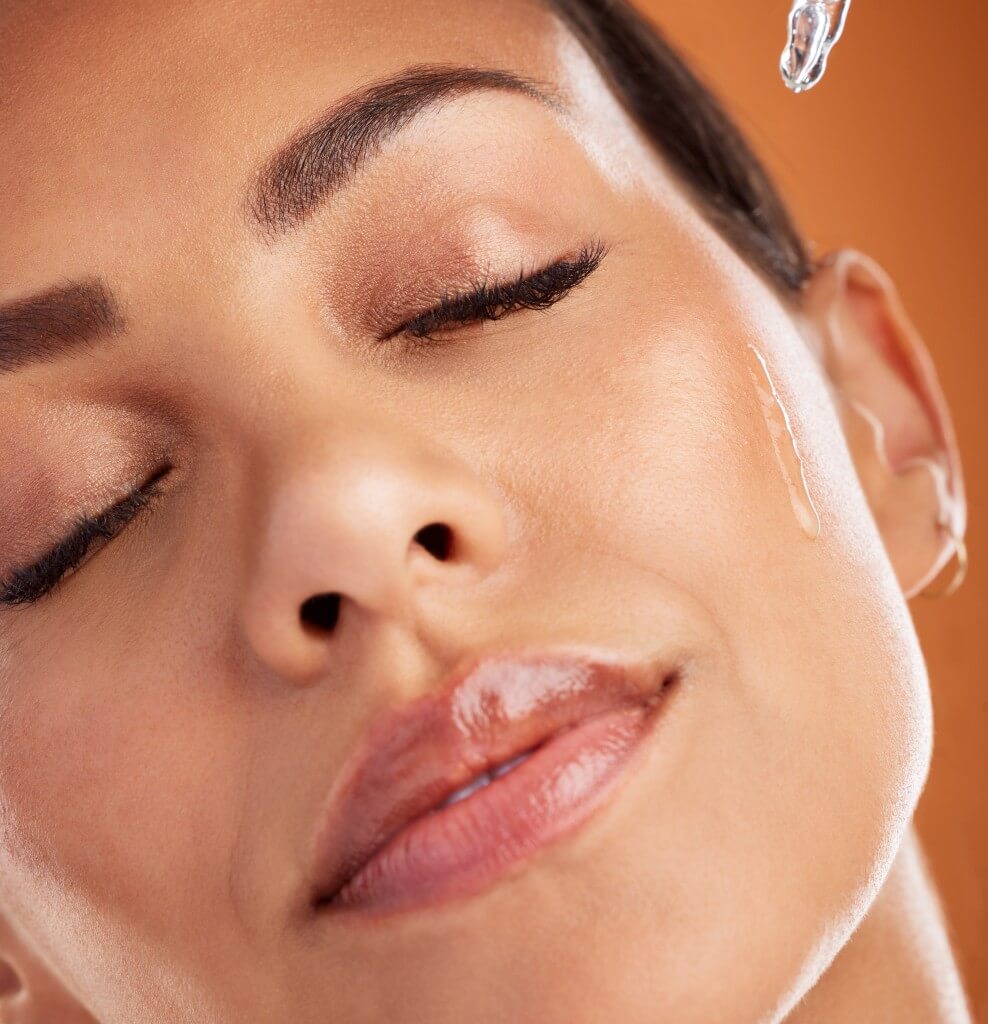
Occlusives, such as shea butter, dimethicone, and natural oils rich in essential fatty acids like argan and hemp oil, form a protective layer on the skin’s surface, locking in moisture and preventing water loss. When used in conjunction with humectants, they create a powerful duo that hydrates and protects the skin. But hydration and protection are just part of the equation – repairing the skin barrier is also critical. Ingredients like lactic acid, aloe vera, and some sea extracts play a key role in maintaining its integrity. Skincare products that include these ingredients can help to restore the barrier, making the skin more resilient to dryness and environmental stressors.
Another important aspect of caring for dry skin is being mindful of what not to do. Avoiding harsh soaps, hot water, and abrasive exfoliants is crucial, as these can strip the skin of its natural oils and exacerbate dryness. Instead, opt for gentle, hydrating cleansers and lukewarm water when washing your face and body. Exfoliation should still be part of your routine, but it should be done with care. Gentle exfoliants like lactic acid or enzyme-based products can help remove dead skin cells without causing further irritation
Hydration From the Inside Out
Staying hydrated is key to maintaining healthy skin. While applying moisturizers can help, it’s equally important to keep your body hydrated from the inside out. Drinking plenty of water throughout the day ensures that your skin retains moisture. A diet rich in essential fatty acids, like those found in fish, nuts, and seeds, can also support skin hydration. These nutrients help to reinforce the skin’s natural barrier, preventing moisture loss and keeping your skin supple and smooth.

When to Seek Professional Help
There are times when over-the-counter products and home remedies aren’t sufficient to address severe dry skin. In these cases, it’s important to seek professional help. Prescription treatments, such as topical steroids or calcineurin inhibitors, may be necessary to reduce inflammation and restore the skin’s natural function. Phototherapy, where the skin is exposed to specific wavelengths of light, can also be effective for conditions like psoriasis that cause extreme dryness.
Managing Dry Skin
While dry skin is a common issue, it’s not one that should be taken lightly, especially when it starts to affect your quality of life. By understanding when it’s more than just dry skin and taking steps to address the root causes, you can manage and treat dry skin effectively. The key is a combination of the right skincare products, gentle care, and professional intervention when necessary. With the proper approach, it’s possible to restore your skin’s health, comfort, and appearance, allowing you to feel confident and comfortable in your skin again.







